Another new car company is going public.
On September 27, Polestar and Special Purpose Acquisition Company (SPAC) Gores Guggenheim, Inc. announced that they have reached a business merger agreement, and the new company will be listed on NASDAQ with an estimated valuation of about $20 billion.
Polestar is not a typical new car company, founded in 2017; it has R&D, manufacturing, and supply chain resources from Geely Holdings and Volvo Cars. It quickly entered the three major automotive markets of Europe, Asia, and North America with a lightweight asset model and created the only design-driven brand in the automotive industry.
But what is worth paying more attention to is that Polestar, after going public, will have more capital, a more complete product layout, and stronger R&D. It will move from the periphery to the center, interpreting the expansion and evolution of a non-typical automotive company.
From 29,000 vehicles to 290,000 vehicles
What kind of brand is Polestar in your mind before this? Closer to Volvo? Or BBA in the era of pure electric?
Looking at Polestar’s existing product line, bystanders are still confused: Polestar 1 is a limited edition GT hybrid coupe with only 500 units globally and a price of up to RMB 1.45 million, while Polestar 2 is a sedan with a minimum price of RMB 250,000.
Now, Polestar 3, Polestar 4, and Polestar 5 give us a reference.
Polestar 3 is a luxury SUV based on the Volvo SPA 2 platform and is expected to be launched in 2022 with a WLTP range of 600+ km.
Interestingly, the soon-to-be-upgraded Volvo XC90 is also based on the SPA 2 platform. However, according to Polestar CEO Thomas Ingenlath, the Polestar 3 series will insist on the layout of two rows of five seats and will not have a seven-seat layout like the XC90. The total power output will be higher than the XC90, and Polestar says it is benchmarking the Porsche Cayenne.The product lineup of Polestar is somewhat similar to that of the “Fast and Furious” series, and the positioning of products is not entirely based on numerical order or launch time. More accurately, the positioning ranges from entry-level to flagship, which should be Polestar 2, Polestar 4, Polestar 3, Polestar 5, and Polestar 1.
However, regardless of the above statement, Polestar’s brand positioning is above BBA.
Continuing down the line, Polestar 4 is based on the PMA platform developed jointly by Geely and Volvo, positioned as a high-end sports SUV, benchmarking Porsche Macan, and will be launched in 2023. The range of travel is also more than 600 km under the WLTP test cycle.
Of course, the biggest highlight of the three cars is still the Polestar 5. This car is the mass-produced version of the Precept concept car released in February 2020, representing Polestar CEO Thomas’s understanding and interpretation of the future of automobiles.
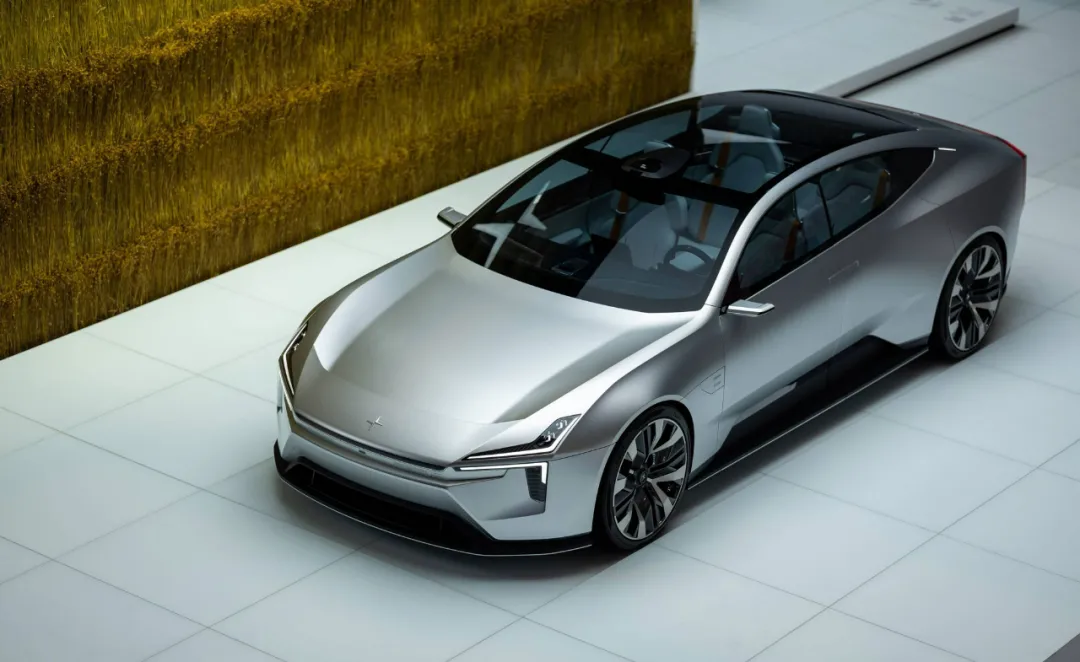
This is a luxury sports 4-door GT sedan, built on the SPA 2 platform, set to be launched in 2024, benchmarking Porsche’s Panamera, with a WLTP test cycle range of more than 600 km.
Polestar believes that relying on Polestar 2 to Polestar 5, Polestar will cover 80% of the rapidly growing high-end luxury electric vehicle market globally, becoming the world’s second and equally prominent global electric vehicle manufacturer alongside Tesla.

Okay, this sentence is a bit cumbersome, but the main point is globalization. With the system advantages from Volvo and Geely, Polestar has already entered 14 countries in the three major automobile markets of Asia, Europe, and North America. In the next two years, Polestar will also enter 16 countries in Asia-Pacific and the Middle East.
Among the numerous newly-established automakers, Polestar is indeed the brand with the fastest globalization speed. With a comprehensive product lineup, entering more and larger markets is the basic path to maximize sales volume.
With the acceleration of the product lineup and globalization, Polestar will respectively establish factories in Chengdu, Sichuan Province, Road and Bridge, Taizhou, Zhejiang Province, Ghent, Belgium, Charleston, South Carolina, and Hangzhou Bay, Taizhou, and Chongqing, achieving localized production through the system advantages of Geely’s controlling stake and Volvo. This is not only a manifestation of Polestar’s confidence in future product sales but also the company’s system advantages.
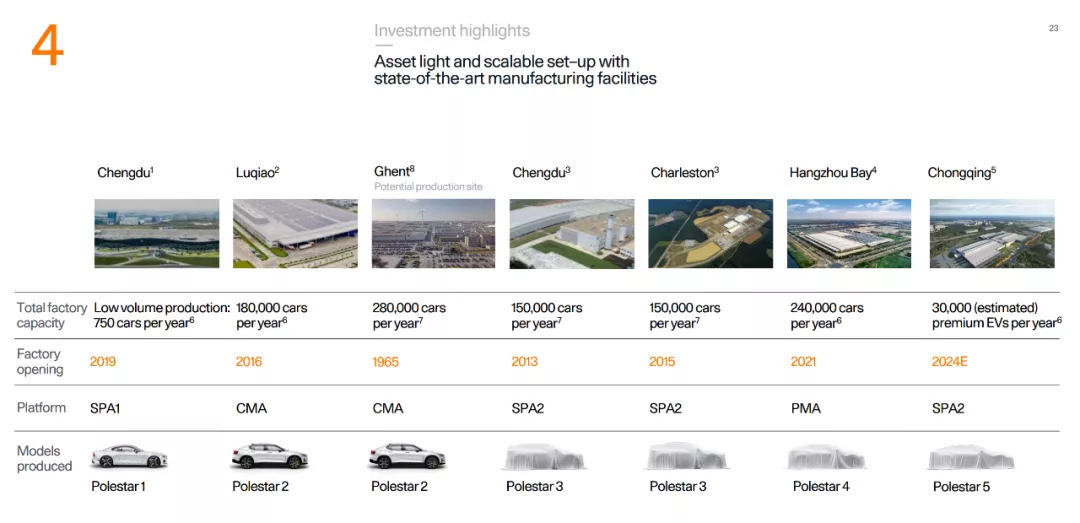 When it comes to sales, as a brand headquartered in Sweden, Polestar’s sales performance in its European stronghold is far better than in China. Based on the sales figures of the first three quarters, Polestar is expected to achieve a sales volume of 29,000 vehicles by 2022, a year-on-year growth of 190%.
When it comes to sales, as a brand headquartered in Sweden, Polestar’s sales performance in its European stronghold is far better than in China. Based on the sales figures of the first three quarters, Polestar is expected to achieve a sales volume of 29,000 vehicles by 2022, a year-on-year growth of 190%.
But this is just the beginning. Polestar believes that with the support of Polestar 3, 4, and 5, its global sales will increase from 29,000 vehicles this year to 290,000 vehicles in 2025, with a three-year growth rate of 1000%.
From Coventry, UK to Silicon Valley, USA
To achieve a high-speed development of 1000% in three years, marketing, branding, technology, and communication can all be more or less beneficial, but fundamentally, it must have outstanding product strength.
So far, Polestar has a research and development team in Gothenburg, Sweden, with a composition of about 80 people. Considering Geely and Volvo’s huge R&D systems and Polestar’s lightweight asset operation, it is difficult to judge whether such a scale is sufficient or not.
Polestar’s own answer is that this is far from enough.
As early as 2019, Polestar laid out a high-performance R&D team for the next generation of products in Coventry, UK. Coventry is the absolute center of the UK automobile industry, where the first car in British history was born, and Jaguar Land Rover, Geely, and Lotus all have R&D centers here. As a member of Geely’s holding system, Polestar also established a research and development center here.
Pete Allen is the head of Polestar’s Coventry R&D center. He has both worked on supercars like the Mercedes McLaren SLR and economical vehicles like London Range-Extender taxis, and has a deep understanding of automotive engineering.
Currently, the Polestar Coventry R&D Center is focusing on the development of Polestar 5, with a team size that has expanded to 250 people and will grow to more than 500 people in the future. On September 14th, Polestar released an early development model of the Polestar 5, which looks like this.
Polestar’s words are that they are developing one of the highest-performing motors in the world. The peak power of the P10 motor to be launched for mass production soon reaches 450 kW, and in the entire automotive industry, only the yet-to-be-mass-produced Lucid Air motor parameters can surpass P10. Polestar’s words are not empty.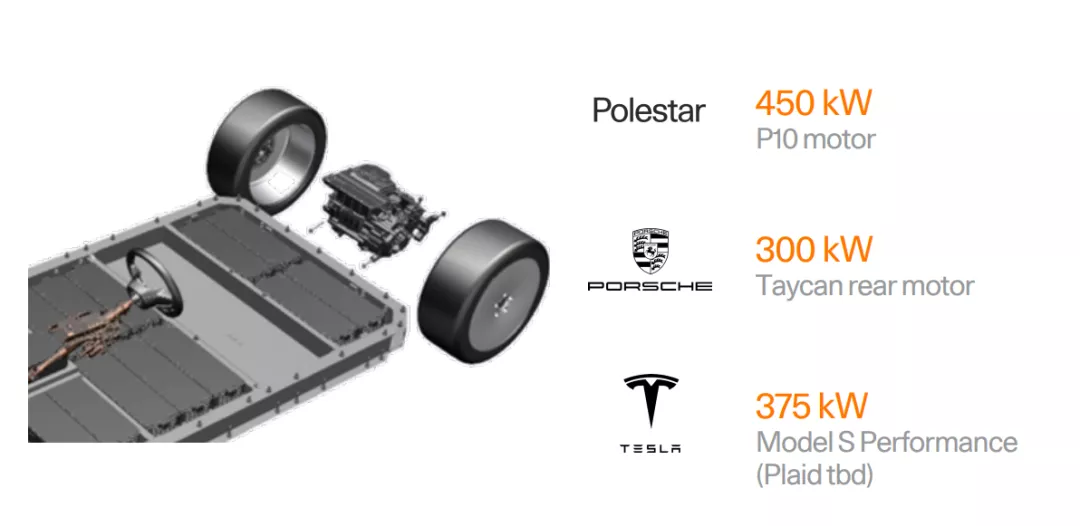
In addition, Polestar is developing an 800V high-voltage battery pack based on Volvo and Lotus technology, with a battery capacity of 103 kWh, which can be charged to 80% in 20 minutes. However, perhaps the most important thing is the unique layout of this battery pack.
So far, almost all pure electric platforms have continued the skateboard battery layout pioneered by Tesla. But as can be seen from the picture above, Polestar’s next product draws on the “footwell” battery pack design similar to Porsche, which provides better ride experience for rear passengers.
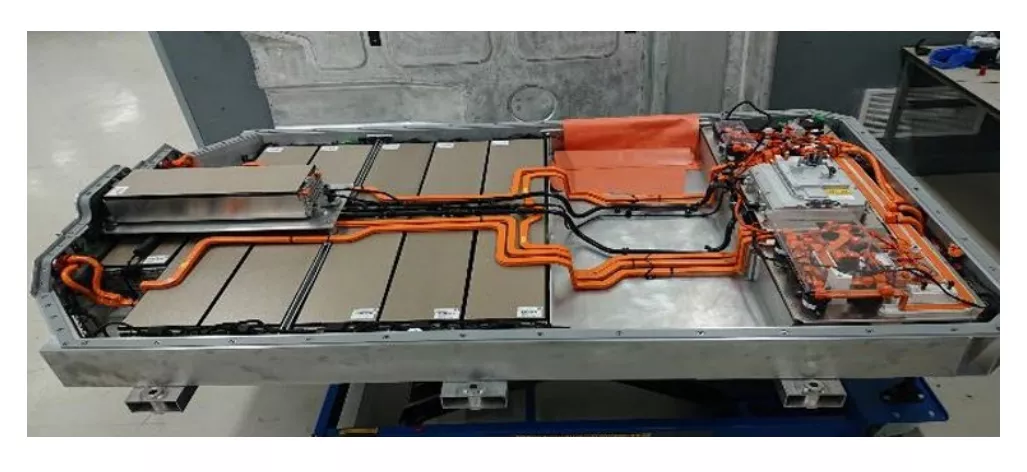
Unlike Porsche, all of Polestar’s high-voltage components are not located in the front of the car like most Chinese brands, but in the rear half of the chassis. This layout is unprecedented and also means that Polestar’s three-electric system needs to have a very high degree of integration, while the cabin space has become larger, which puts higher technical requirements on Polestar’s three-electric ability.
In addition to the layout of the three electrics, Polestar also has very noteworthy business forms in terms of autonomous driving.
It all started with Volvo. On June 26th, 2020, Volvo announced that it had reached a global strategic partnership with Waymo, the world’s largest L4 autonomous driving system development company.
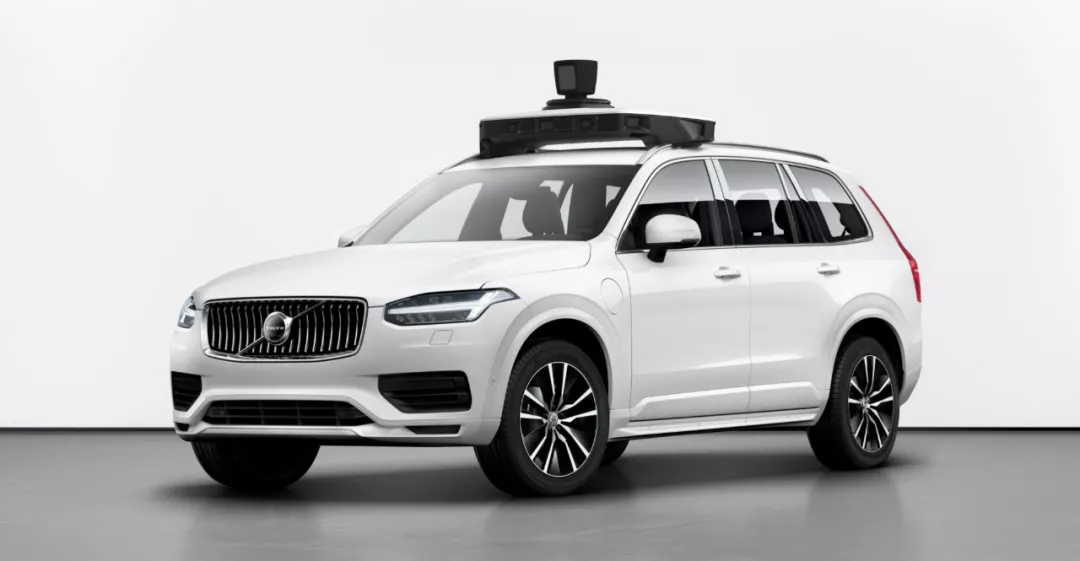
In the announcement of the cooperation at that time, Volvo CTO Henrik Green said that the global strategic partnership with Waymo would bring new business opportunities to Volvo, Polestar, and Lynk & Co.
Now it seems that Polestar has the opportunity to become one of the first brands in the entire Volvo automotive system to launch Waymo’s autonomous driving solutions.
In addition to Waymo, Polestar has also reached strategic partnerships with Zenseact, an autonomous driving software company under Volvo, chip company Nvidia, and LiDAR supplier Luminar.
Polestar plans to equip the Polestar 3, which will be launched next year, with unsupervised high-speed Pilot functions. Combined with these autonomous driving partners mentioned above, although we have not seen the real appearance of the Polestar 3 yet, it can be certain that this car will be equipped with Luminar’s LiDAR and Nvidia’s Orin platform chip.
The LiDAR and Orin chip have become the door knockers for the top level of the global autonomous driving field in 2022.Just as mentioned at the beginning of the article, after going public, Polestar will expand comprehensively in various aspects such as capital, product line layout, and R&D. However, on the other hand, there is no doubt that Polestar will firmly adhere to the fundamental principle of being “design-driven”. This will be a more distinctive path of expansion.
This article is a translation by ChatGPT of a Chinese report from 42HOW. If you have any questions about it, please email bd@42how.com.